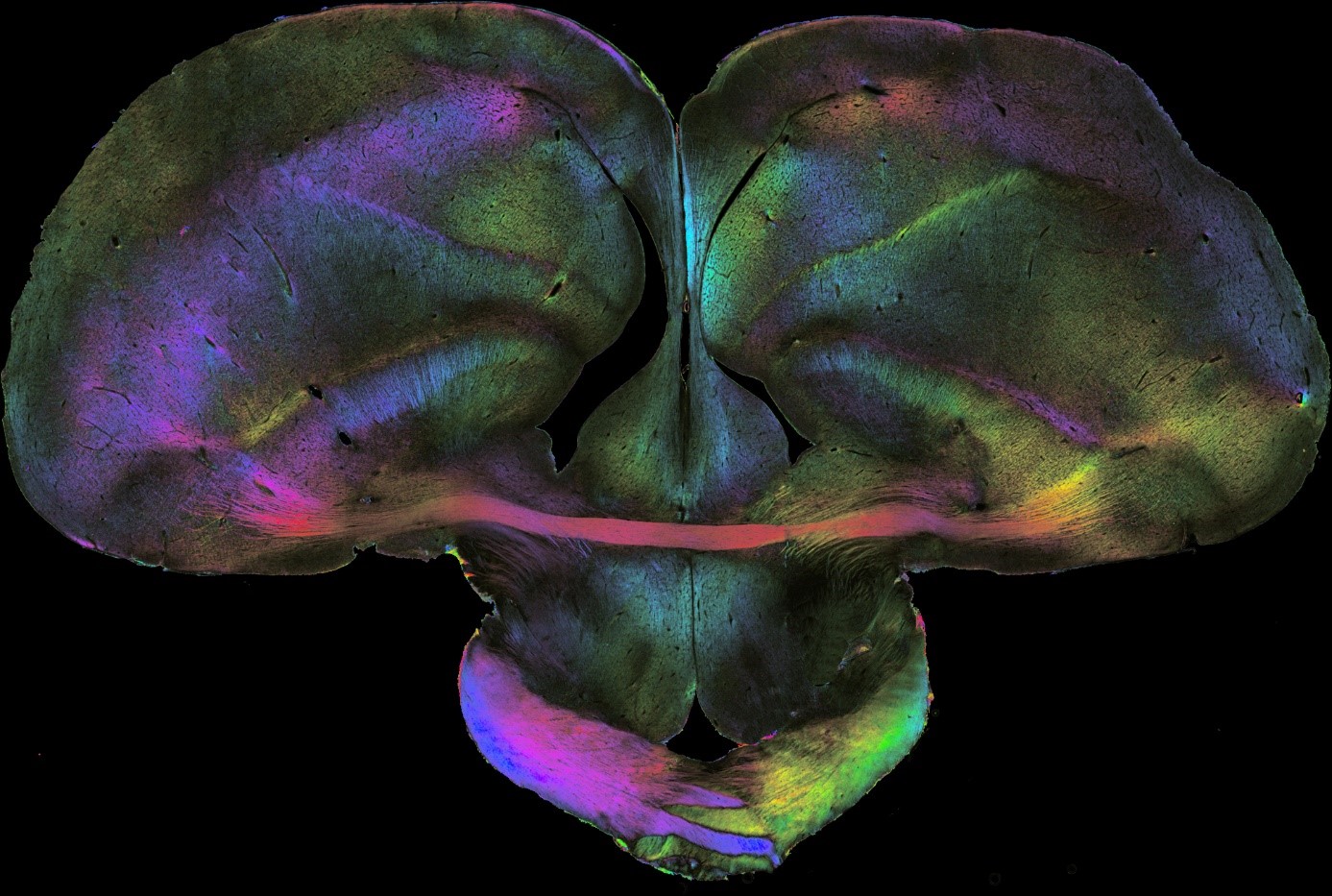2018-10-30

Functional brain asymmetries depend both on hemisphere-specific factors and lateralized commissural interactions. But how are these factors organized in the brain and how are they translated into behavior? Because birds are visually lateralized, biopsychologists from Bochum and neurophysiologists from the Chinese Academy of Sciences (Beijing) tested pigeons monocularly in a color discrimination task while recording from single visuomotor forebrain neuron. All birds learned faster and responded quickly with the right eye and left hemisphere. This asymmetry depended on several factors. One of them concerns the interhemispheric interaction via the commissura anterior: The dominant left hemisphere was able to adjust the timing of activity patterns of right hemispheric neurons via asymmetrical commissural interactions, such that the right hemisphere came too late to control the response. These results imply that hemispheric dominance in birds is realized in part by shifts of the contralateral spike time. Thus, this paper sketches a completely novel picture on the mechanisms of interhemispheric interactions and suggest that the control of the action time of the other hemisphere is a key variable for brain asymmetries. Organisms with lateralized brains need a commissural system that enables the two hemispheres to flexibly switch back and force between recruiting contralateral resources or inhibiting them. According to the results of this paper, this is realized in pigeons by adjusting contralateral spike times. If a similar mechanism could be discovered in humans, it could solve a core riddle of brain asymmetries in our species.

Functional brain asymmetries depend both on hemisphere-specific factors and lateralized commissural interactions. But how are these factors organized in the brain and how are they translated into behavior? Because birds are visually lateralized, biopsychologists from Bochum and neurophysiologists from the Chinese Academy of Sciences (Beijing) tested pigeons monocularly in a color discrimination task while recording from single visuomotor forebrain neuron. All birds learned faster and responded quickly with the right eye and left hemisphere. This asymmetry depended on several factors. One of them concerns the interhemispheric interaction via the commissura anterior: The dominant left hemisphere was able to adjust the timing of activity patterns of right hemispheric neurons via asymmetrical commissural interactions, such that the right hemisphere came too late to control the response. These results imply that hemispheric dominance in birds is realized in part by shifts of the contralateral spike time. Thus, this paper sketches a completely novel picture on the mechanisms of interhemispheric interactions and suggest that the control of the action time of the other hemisphere is a key variable for brain asymmetries. Organisms with lateralized brains need a commissural system that enables the two hemispheres to flexibly switch back and force between recruiting contralateral resources or inhibiting them. According to the results of this paper, this is realized in pigeons by adjusting contralateral spike times. If a similar mechanism could be discovered in humans, it could solve a core riddle of brain asymmetries in our species.